How your suburban yard supporting nature? Recent research on suburban yards in Gainesville reports many insights on how yard type effects the biodiversity of local flora and fauna. As spring begins to flourish all around us, you won’t want to miss out on these interesting results as they may change the way you view your relationship with nature
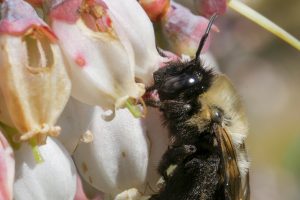
The study
As we continue to develop and urbanize communities around Florida, we are significantly changing the landscapes for both plants and animals alike. When you step outside a suburban house and look around, you are likely meet with a diverse landscape of well manicured grass, flower pots dressing the porch of one neighbors house, mulch landscaping at another’s home, and so on.
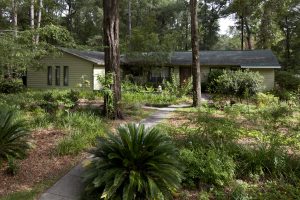

Pollinating insects and flowering plants are met with a mosaic of environments they must traverse. Little is known about how their diversity changes with lawn type until now! Arek Barkaszi, a masters student in the Holstetler Lab at the University of Florida, looked at 2 different yard types in Gainesville from February through July and set forth to elucidate how road right of ways support:
- Blooming wildflower species richness (How many species of flowers are present)
- Blooming wildflower presence (How many of each flower species is present)
- Insect richness (How many insect families are present)
- Note this is not down to the species level
- Insect presence (How many of those insects in each family are present)
- Insect abundance (How many insects total were at each site)
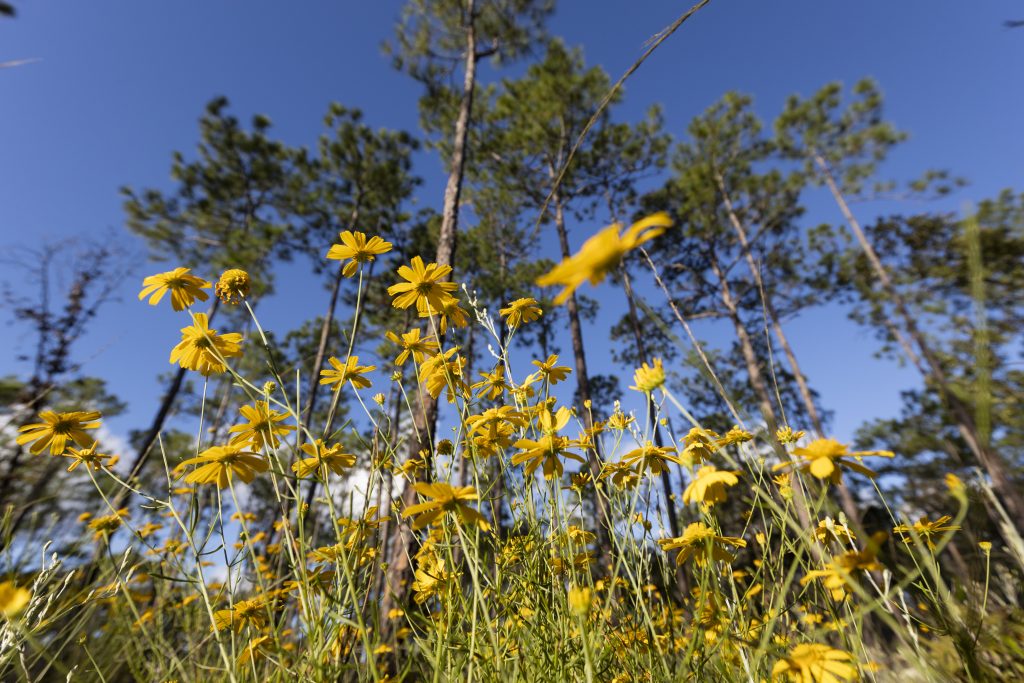
The findings
Yard type
As stated above yard types were divided into 2 categories as displayed below: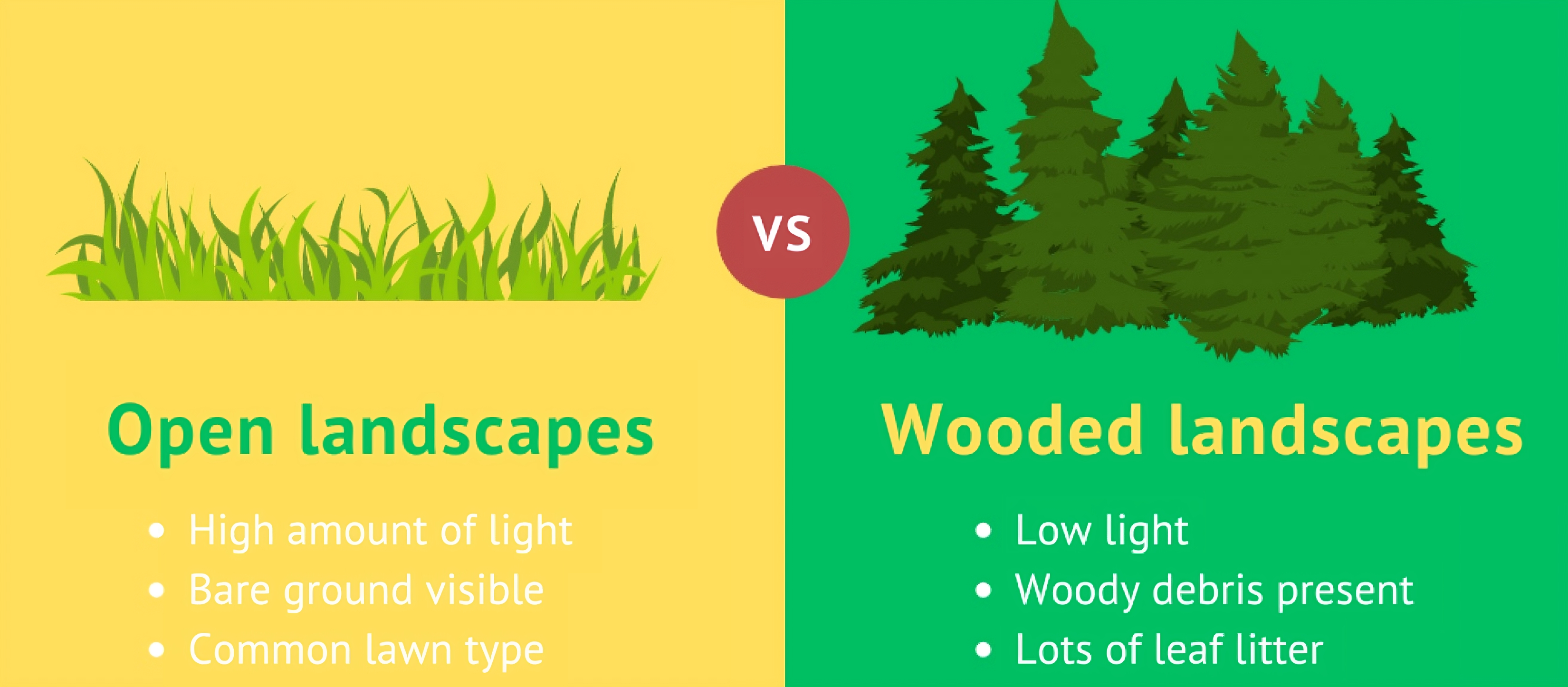
Interestingly it was found that yard type did not have a significant effect on insect family richness or flower richness found in right of ways. Meaning the diversity in landscapes still supported a wide variety of species and one was not superior over the other. Logically, this makes a lot of sense. Different species of insects and flowers have different needs, which could leading to differences in presence across yard types.

In this study, wildflower species diversity remained the same in right of ways despite yard type. There was a decreasing trend in richness as the months change which makes sense as this study was focusing on flowers in bloom and as summer rolls around there will be less flowering plants to sample.
Interestingly, insects do not follow this trend. They continue to have high species diversity throughout all the months sampled despite the lack of flowering wildflowers available. It is likely that the difference between woody and open landscapes support a multitude of species. While some species may thrive in both yard types, others require specific resources that one habitat provides more so than the other.
Insect biodiversity
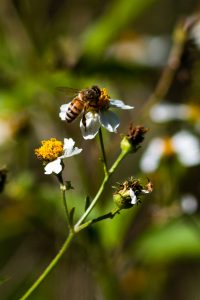
Over 2500 individual insects were collected making up 28 families total. As stated earlier, insect family diversity did not change with yard type or across time. When you focus on individual pollinating families of insects, there were many interesting trends. For some families like hoverflies (syrphidae), their overall presence was correlated with wildflower richness in both yard types. This trend was significant in other families as well, however yard type played a crucial role in that trend.
Blow flies (calliphoridae) increase in presence with increasing wildflower richness only in woody landscapes, sweat flies (halictidae) have a similar trend however only in open landscapes. These trends make sense as blow flies require woody debris and leaf litter to reproduce and sweat flies require open ground as they are an underground dwelling insect. Many other insect families display similar trends which showcase the importance for studying landscape factors (i.e. woody vs open) on an insect family level.

Conclusion
There are many barriers to doing urbanized studies in the United States in general. Gaining enough study sites and compliance by homeowners can be tedious but the rewards of conducting these studies is invaluable. By focusing on public right of ways in the suburban city of Gainesville, Arek has shed light on how your yard is supporting local pollinating insects and wildflowers. At the end of the day, each yard is unique and plays a positive role in supporting biodiversity.
However, as shown in this research, different yard types play a crucial role when you consider the different types of pollinating insects your property is primed to attract. This is the beginning in understanding how diverse landscapes require an individual approach to maximize their biodiversity. To make your yard even more inviting to nature check out these links:
For more information about this research and related topics, check out the Hostetler Lab for more information.
 0
0
